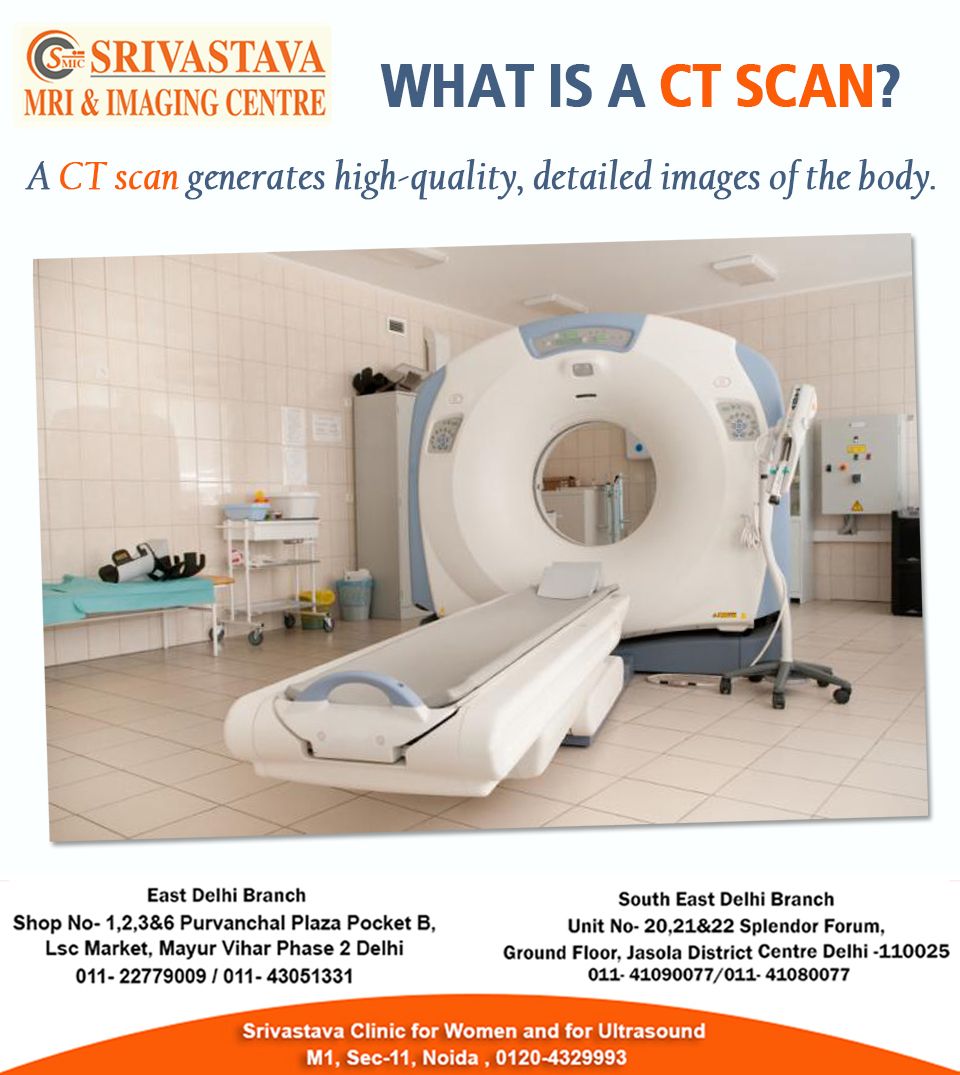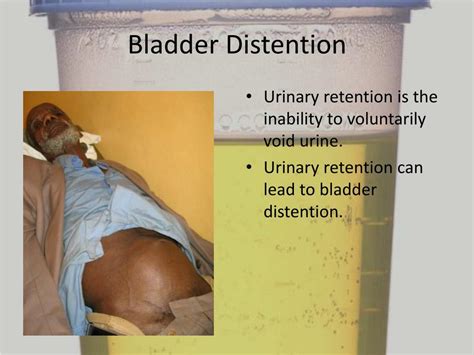A distended bladder, also known as an overdistended bladder, is a condition where the bladder becomes excessively stretched due to the accumulation of urine. This condition can arise from various factors, including urinary retention, bladder outlet obstruction, or neurogenic bladder. When the bladder is distended, it can lead to a range of complications, including urinary incontinence, bladder damage, and kidney damage. In severe cases, a distended bladder can cause significant discomfort, pain, and even lead to life-threatening complications if left untreated.
Understanding the causes and symptoms of a distended bladder is crucial for prompt diagnosis and treatment. The condition can be acute or chronic, depending on the underlying cause. Acute distension is often caused by sudden obstruction or retention, whereas chronic distension is typically the result of long-standing bladder outlet obstruction or neurogenic bladder. The symptoms of a distended bladder may vary, but common signs include frequent urination, painful urination, difficulty starting to urinate, and a feeling of incomplete bladder emptying.
Key Points
- A distended bladder is a condition where the bladder becomes excessively stretched due to urine accumulation.
- The condition can arise from urinary retention, bladder outlet obstruction, or neurogenic bladder.
- Symptoms of a distended bladder include frequent urination, painful urination, and difficulty starting to urinate.
- Prompt diagnosis and treatment are crucial to prevent complications, such as urinary incontinence, bladder damage, and kidney damage.
- Chronic distension can lead to long-term bladder dysfunction and increased risk of urinary tract infections.
Causes and Risk Factors

The causes of a distended bladder can be broadly categorized into obstructive and non-obstructive causes. Obstructive causes include bladder outlet obstruction, which can be due to benign prostatic hyperplasia (BPH), prostate cancer, or urethral stricture. Non-obstructive causes include neurogenic bladder, which can result from spinal cord injury, multiple sclerosis, or diabetes. Other risk factors for developing a distended bladder include advancing age, history of pelvic surgery, and certain medications, such as anticholinergics and alpha-adrenergic agonists.
Diagnosis and Evaluation
Diagnosing a distended bladder involves a combination of physical examination, medical history, and diagnostic tests. A physical examination may reveal a palpable bladder or suprapubic tenderness. Uranalysis and urine culture can help identify underlying infections or abnormalities. Imaging studies, such as ultrasound or computed tomography (CT) scans, can provide valuable information about bladder size, shape, and function. Urodynamic studies, including flow rate and pressure-flow studies, can help assess bladder function and identify obstructive or non-obstructive patterns.
| Diagnostic Test | Purpose |
|---|---|
| Uranalysis | Identify underlying infections or abnormalities |
| Ultrasound | Evaluate bladder size, shape, and function |
| Urodynamic studies | Assess bladder function and identify obstructive or non-obstructive patterns |

Treatment and Management

Treatment for a distended bladder depends on the underlying cause and severity of the condition. For acute distension, initial management may involve catheterization to relieve the obstruction and drain the bladder. For chronic distension, treatment may involve a combination of medications, such as alpha-blockers and anticholinergics, and behavioral modifications, such as pelvic floor exercises and bladder training. In some cases, surgical intervention may be necessary to relieve obstruction or repair bladder damage.
Complications and Prognosis
If left untreated, a distended bladder can lead to significant complications, including urinary incontinence, bladder damage, and kidney damage. Chronic distension can also increase the risk of urinary tract infections and bladder cancer. Prompt diagnosis and treatment can help prevent these complications and improve outcomes. With proper management, many individuals with a distended bladder can experience significant improvement in symptoms and quality of life.
What are the common symptoms of a distended bladder?
+Common symptoms of a distended bladder include frequent urination, painful urination, difficulty starting to urinate, and a feeling of incomplete bladder emptying.
How is a distended bladder diagnosed?
+Diagnosis of a distended bladder involves a combination of physical examination, medical history, and diagnostic tests, including urinalysis, imaging studies, and urodynamic studies.
What are the treatment options for a distended bladder?
+Treatment options for a distended bladder depend on the underlying cause and severity of the condition and may include catheterization, medications, behavioral modifications, and surgical intervention.
In conclusion, a distended bladder is a complex condition that requires prompt diagnosis and treatment to prevent complications and improve outcomes. By understanding the causes, symptoms, and treatment options, individuals with a distended bladder can experience significant improvement in symptoms and quality of life. With proper management and care, it is possible to mitigate the risks associated with a distended bladder and promote overall urinary health.



